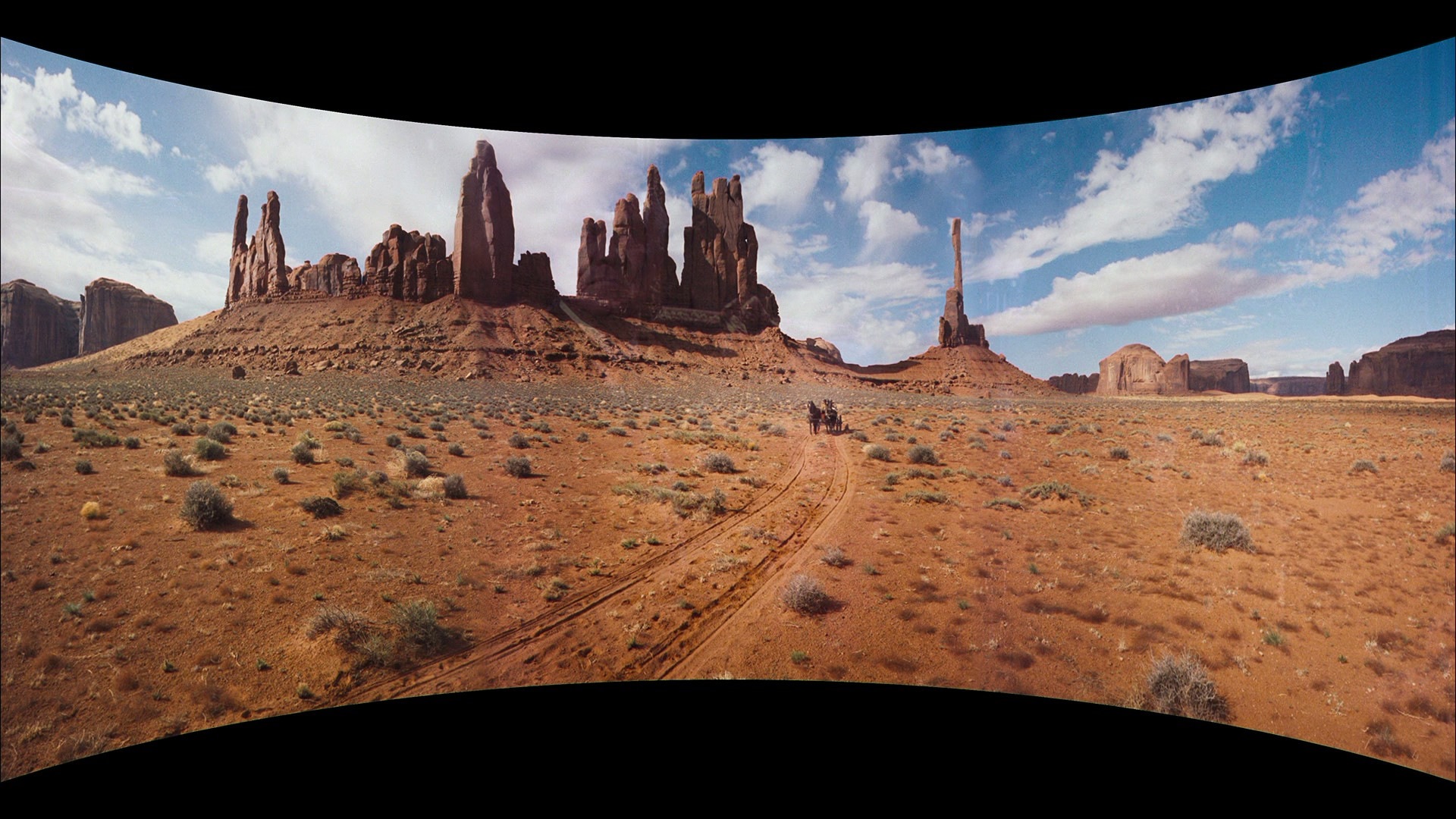A Story About How The West Was Won
A few weeks ago it seemed like the world was conspiring to have me watch How the West Was Won. I saw it playing on TCM a recorded it because I do that. I see random old movies in their schedule and think that perhaps it might be something I want to see. After a few weeks of languishing on my DVR, I deleted How the West Was Won because I really do have enough to watch. It came up again when I was watching one of my favorite movie shows talk about 70mm prints because of Quentin Tarantino's new film. They mentioned the limited nature of this media and its connection to Cinerama (a massive curved screen/ 3-projector film-watching experience). After a little research, I discovered How The West Was Won was one of the few movies that used the technology. I cursed myself that I deleted it, but in a stroke of good fortune it was playing again. And I watched it. And I loved it. And was inspired to watch other great movies of the past.
That's when I discovered that How The West Was Won is not considered a great movie of the past by most people. And I can understand that. Despite the massive number of stars and epic-feel, it does have problems. The story is pretty standard and the Cinerama wide angles technology limited the film-makers ability to tell that story effectively at some points because of the limited number of shots. But I still loved it. In my mind it is a little bit like Avatar. The use of a new filming technology produces something astonishingly beautiful and sweeping, but the story is just a little meh! And I think it looks even better than Avatar, but maybe that's because I'm into sweeping American panoramas.
I said that these were not going to be just reviews of classic movies. I wanted to share something a little bit more unique, so I want to talk about those buffalo. If you haven't seen the movie, it's all about generations of a family and their adventures moving ever westward from 1839-1889. One of the major set-pieces towards the end of the film is a massive buffalo stampede. It makes the film, especially when you realize that all the effects are practical. The film-makers rounded up a giant herd of the few remaining buffalo in the West and stampeded them through their set in Custer State Park in South Dakota. I didn't even know that there were that many buffalo left at that time. The movie is worth a look for that scene and all the spectacular scenery on display. Oh, the score is pretty epic too.
I'm planning on watching the actual first two films on my list this week and preparing some tidbits for you all. It will be interesting to see how other more acclaimed Westerns from the list will appeal to me. It's certainly not lacking in options.
Come back on for the Five on Friday. Until then follow me on the twitter and instagram and all those social things to keep up-to-date on my content.





